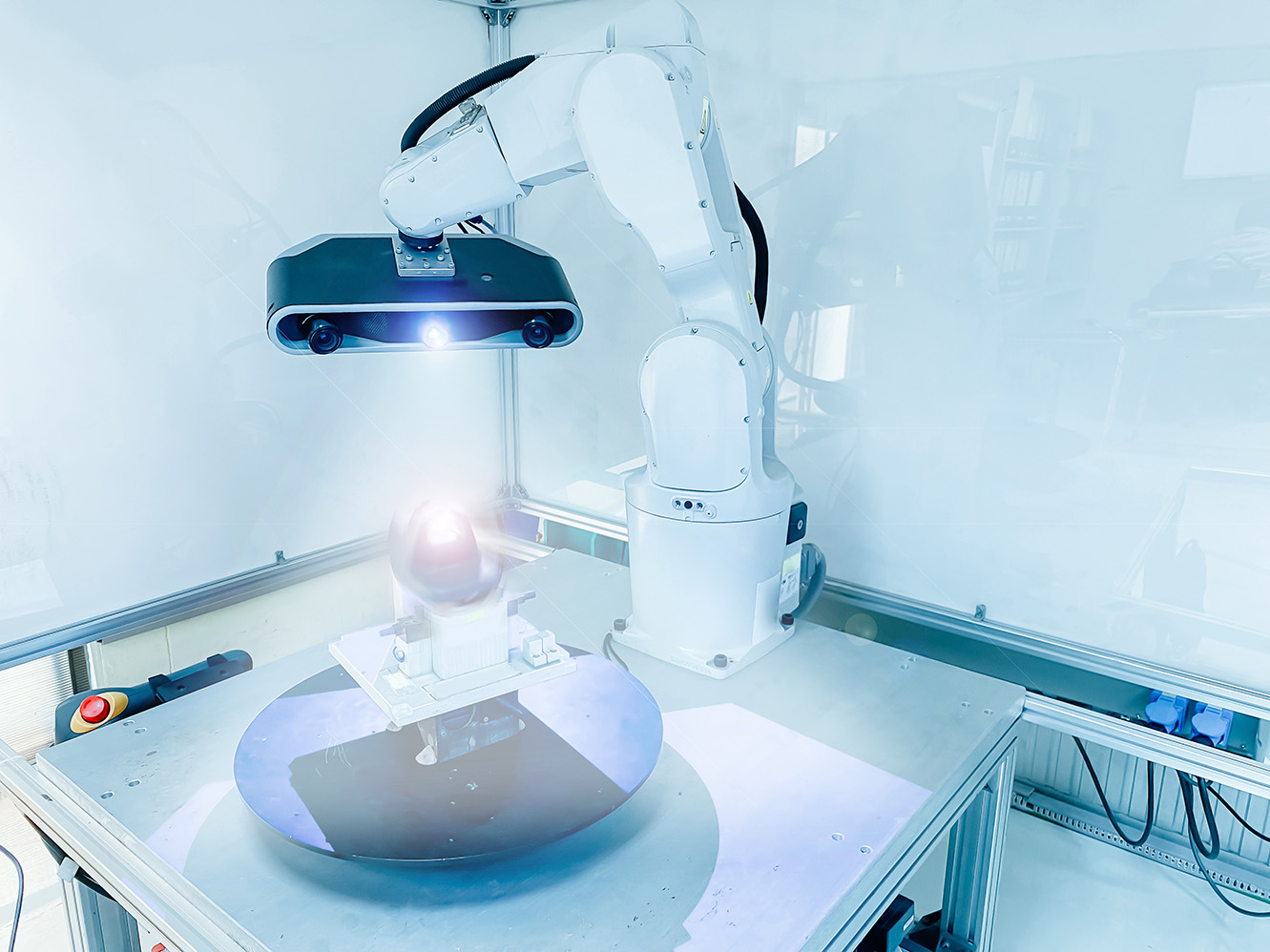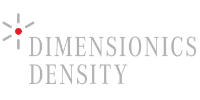Which method is the right one?
Density determination for technical ceramics
The future of density determination
Die gängigsten Verfahren für die Dichtebestimmung keramischer Bauteile sind das archimedische Prinzip mit einem manuellen Dichtekit, sowie die Schliffbildanalyse. Beide Verfahren werden für die Validierung eines Prozesses genutzt werden und können repräsentative Ergebnisse erzielen. Gleichzeitig ergeben sich bei dem Verfahren Herausforderungen und Probleme die kritisch betrachtet werden müssen.
Human error factor in the ceramics sector
The manual density determination method according to Archimedes is carried out with so-called density kits. These are precise laboratory scales that are also used in DImensionics Density. For a weighing, the tester first transfers the relevant environmental parameters to the system by entering them. Then a measurement is made in air and in a defined liquid whose density is known.
The source of error lies in the quality and accuracy of the performance by the tester. The human influence factor is decisive and can have a serious impact on the result. Practical experience has shown us that this topic is highly relevant. In preliminary investigations, we were able to prove that customers had made errors in their manual measurements due to incorrect or inaccurate handling of the component. The susceptibility to errors is exacerbated by overloaded laboratories and a lack of skilled workers.
.jpg?width=680&height=400&name=1%20(7).jpg)
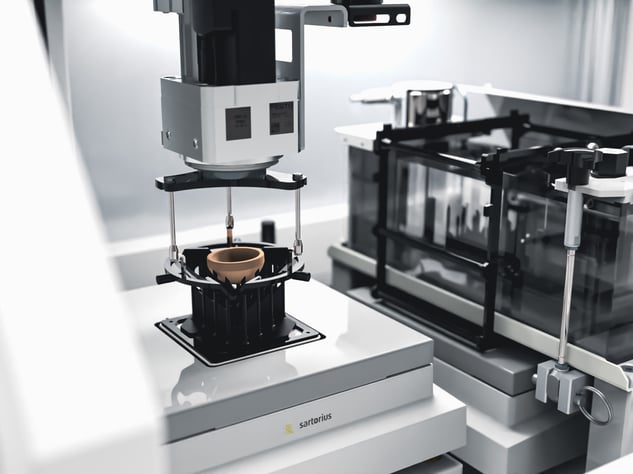
Micrographs - the right thing for manufacturing?
Micrographs are considered the standard for density determination in many industries. However, a micrograph is always only a snapshot and represents only a section of the component, which has no significance for the homogeneity of the component and possible component defects. Another critical point is the time required to produce the micrograph.
The sequence of individual sub-steps for micrograph analysis often extends over several days and is a time risk for process-optimised production. High costs are incurred here due to both personnel commitment and process waiting times.
While based on Archimedes' principle, Dimensionics Density overcomes the drawbacks of typical laboratory density determination technologies based on Archimedes' principle and develops a solution that truly measures density.
Alternative methods
Which methods exist besides the automated density determination by the Density Platform? We offer a brief overview and list the
advantages and disadvantages of the respective systems.
Micrograph analysis is a method for the qualitative and quantitative description of the microstructure of materials. The sample/component is segmented and the surface of the cut surface is prepared by mechanical and chemical methods. This is followed by a microscopic
analysis of the component.
Advantages:
- High-precision process
- Results provide clear conclusions about process errors
Disadvantages:
- High effort in the preparation of micrographs (ties up personnel)
- resulting waiting times
- Not optimal for effective process handling

In computed tomography (CT), the specimen is exposed to X-rays. The density influences the brightness of the exposed imaging sensor. X-rays are absorbed during transmission through the material; this absorption is stronger at higher densities of the material. If an X-ray beam hits a pore during transmission through the material, the energy is absorbed less due to the lower density within the pore. Therefore, the radiation hits the detector with a higher energy and produces a darker image. By using a three-dimensional exposure strategy, it is possible to determine the shape and position of the pores.
Advantages:
- Precise three-dimensional representation of pores and pore clusters in the component
- Expression, accumulation and shape of pores can be analysed
Disadvantages:
- High initial investment
- Use of trained personnel required
- Microporosities no longer recognisable due to resolution limit
- Waiting times due to post-processing of raw data to eliminate artefacts in the image.
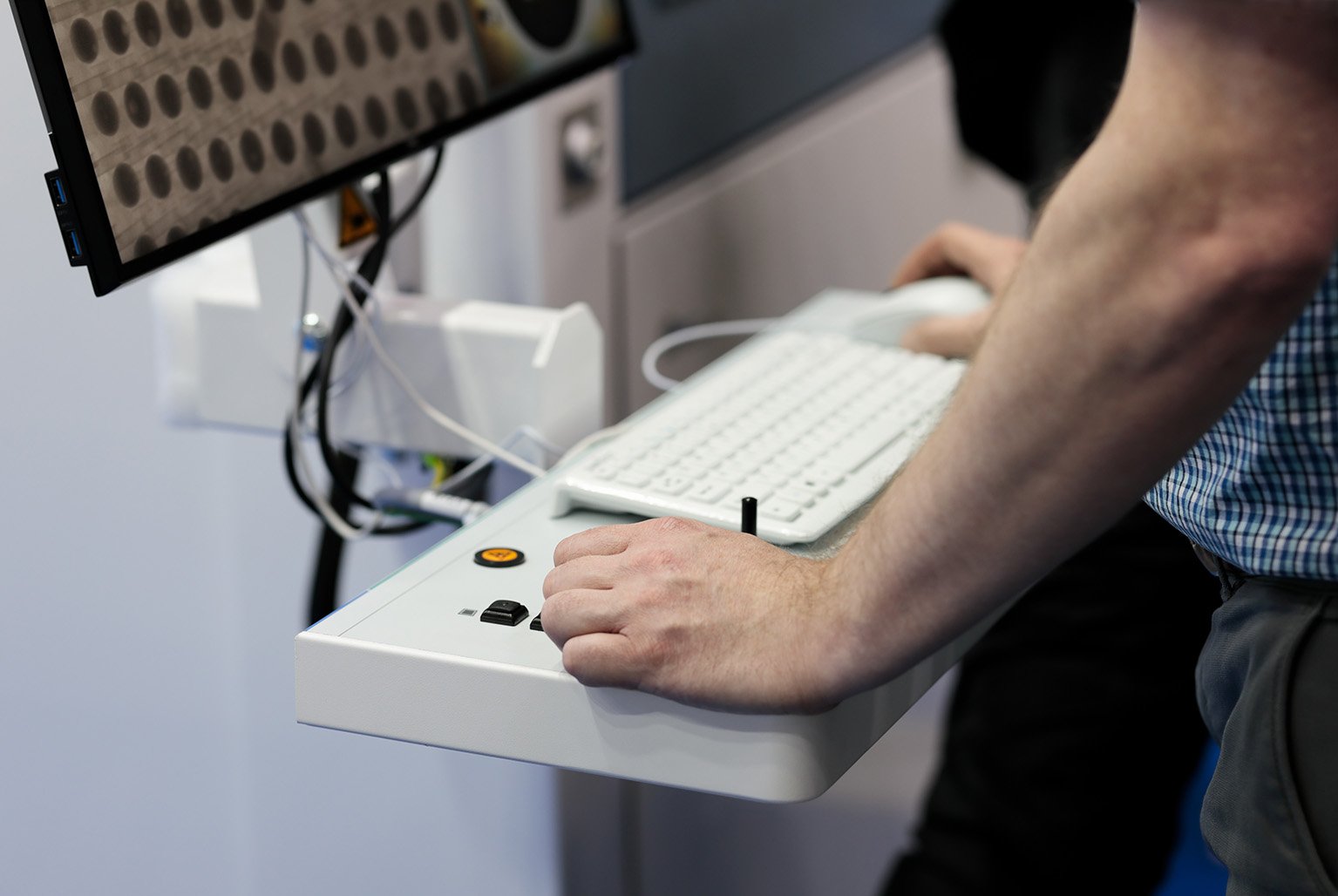
Density determination according to Archimedes is one of the most common methods in many industries. Density kits, special laboratory balances with a suitable measuring set-up, are used for this. The sample is then weighed in air and in a defined liquid. The density of the component is determined from the difference.
Advantages:
- Fast analysis method
- Archimedes highest accuracy according to studies
Disadvantages:
- Strong human influence (skilled workers needed)
- Measurement only in the laboratory (long distances)
- Unsuitable for high quantities
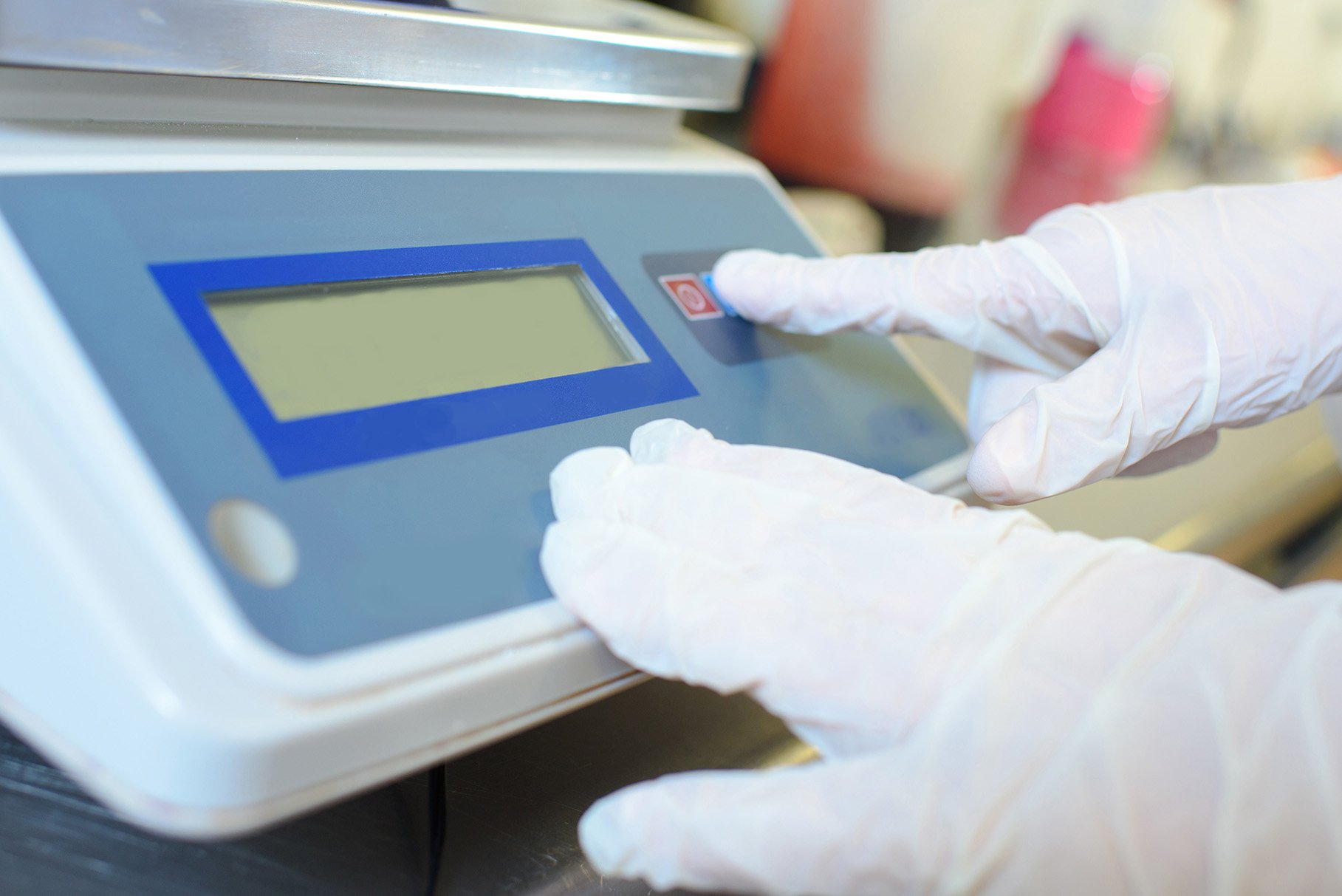
During optical density determination, the dimensions of the object to be tested are recorded in their entirety and the volume is determined. This is followed by weighing for mass determination and the resulting density determination of the component.
Advantages:
- fast method for density determination
- very well suited for simple and regular geometries
Disadvantages:
- Dependent on the resolution of the sensors
- high acquisition costs
- Unsuitable for the analysis of complex geometries
